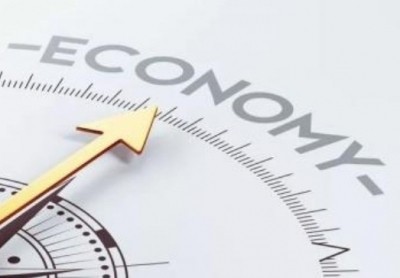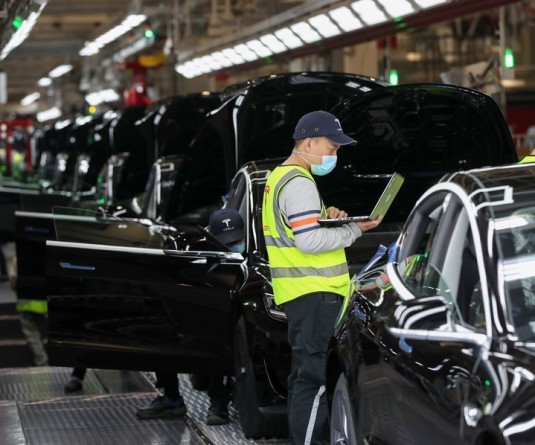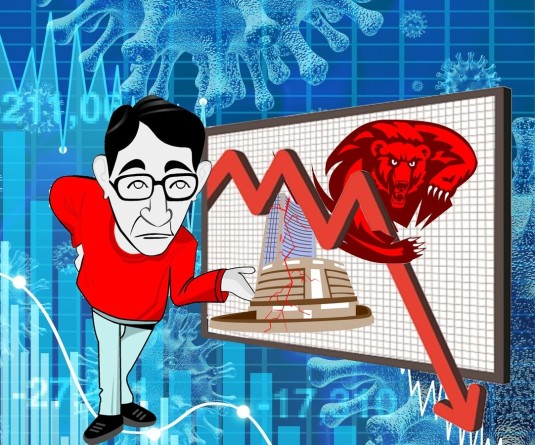
New Delhi, July 17 (IANS) Excesses in the former UPA regime period led to the current government inheriting a weak economy with several institutions in distress, global brokerage, Bernstein said in a report.
GDP has grown at a CAGR of 5.7 per cent since 2014, and ex-COVID, growth has been impressive at 6.7 per cent. While a bit below the UPA era's 7.6 per cent, that phase benefited from a low base, a global upturn for a large part of that period.
India has now moved up to the 5th rank in GDP globally compared to 10th in 2014; the per capita income rank, while still lagging at 127th, has improved from 147th in 2014, the report said.
Landmark reforms such as GST mark this phase, and inflation control has also been remarkable. This has been led by lower MSP hikes, a lucky break on the crude/commodity price and prudent measures during the Covid-19 pandemic.
Employment scale has not been a large talking point as manufacturing initiatives did not play out as expected. Business perception has improved with a large jump in ease of business indicators.
India has stepped up infra investments supported by government spending unwinding the mistakes of the previous phase.
Highways have grown by nearly 60 per cent in the last nine years, 20 per cent higher than the ten years of UPA, even with a high base, the report said.
Additionally, rail investments have grown over four times in the last six years.
Port capacity has increased by 83 per cent, bringing down the turnaround times. With three and a half times increase in metro length with more cities added and 73 new airports operationalised under the Udan scheme, infra growth in the past nine years has been remarkable.
The power sector pace of additions has been slower, a part of that led by excess build in the past, but the inability to structurally revive SEBs was a miss. Smart cities have gained pace recently.
“If we were to name one success story from this tenure, it would have to be financial inclusion and digitisation,” the report said.
Individuals with bank accounts have increased from 35 per cent of the population in 2011 to over 77 per cent by 2021, thanks to 500 million Jan Dhan accounts opened since 2014.
Direct benefit transfers have swollen to over Rs 7 trillion as of FY23, from Rs 74 billion in FY14.
The government has effectively used UID (Aadhaar-PAN linkage) to subsidize various schemes while removing delays and intermediaries.
Unified payments interface (UPI) has made tremendous progress giving the confidence to expand that through e-commerce digitisation through ONDC and Fintech credit through OCEN, the report said.






